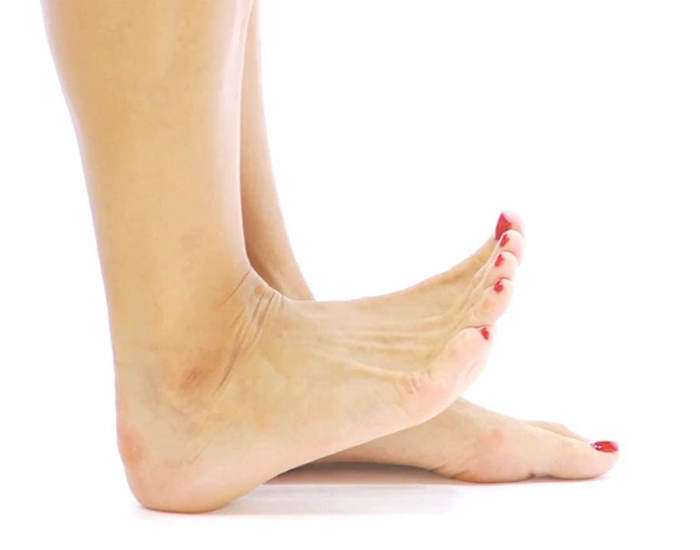Understanding Planter Fasciitis
Have you been experiencing persistent pain and stiffness in the bottom of the heel or foot? The cause of this either sharp or dull discomfort could be Plantar Fasciitis. Plantar Fasciitis is the most common cause of pain on the bottom of the heel. Approximately 2 million patients suffer from this condition. This occurs when the strong band of tissues that support the arch of your foot becomes irritated and inflamed.
Commonly, Planter Fasciitis causes a stabbing pain that occurs with your first steps in the morning. The pain decreases as you get up and start moving. However, it can return after having spent a long time standing or after rising from sitting for a long period. This condition is more common in runners. People who are overweight and people who wear shoes with inadequate support are also at a risk of suffering from Plantar Fasciitis.

Plantar Fasciitis acts like a shock-absorbing bowstring, supporting the arch in your foot. When the tension and stress on that bowstring become stronger, small tears arise in the fascia. Repetitive stretching and tearing cause the fascia to become irritated or inflamed. However, in many cases, the causes of Plantar Fasciitis aren’t clear.

Tips to Keep Planter Fasciitis Away
- Stretch The Fascia
- Prop your toes up against a wall, keeping your arch and heel flat so the toes stretch. Hold for a count of 10. Repeat 10 times three or four times per day.
- Roll A Frozen Water Bottle Under The Arch
- Stretch first then roll out the arch for 10 minutes.Don’t stretch the tendon when it’s ice cold.
- Freeze A Golf Ball And Massage The Fascia
- Roll a frozen golf ball under your foot, starting from the front and working your way back. Put good pressure on each spot—the medial, center, and lateral positions—for 15 seconds before moving to the next area. Then, roll the ball back and forth over the entire foot.
- Foam Roll All Muscles on The Body Above The Plantar
- Even tight shoulders can cause the condition, as your arms swing can throw off proper hip alignment and foot strike.
- Bump Your Arch
- Get a commercial insole with an arch bump to push on the planter and keep it from flexing—it doesn’t matter if you’re an under or overpronator; the planter needs to be supported and strengthened. Wear support in all shoes, if possible.

Stretching and strengthening exercises or use of specialized devices may provide symptom relief.These include:
- Physical therapy
- A physical therapist can instruct you to a series of exercises to stretch the plantar fascia and Achilles tendon and to strengthen lower leg muscles, which stabilize your ankle and heel. A therapist might also teach you to apply athletic taping to support the bottom of your foot.
- Night Splints
- Your physical therapist or doctor might recommend that you wear a splint that stretches your calf and the arch of your foot while you sleep. This holds the plantar fascia and Achilles tendon in a lengthened position overnight and facilitates stretching.
- Orthotics
- Your doctor might prescribe off-the-shelf or custom-fitted arch supports (orthotics) to help distribute pressure to your feet more evenly.

Though plantar fasciitis can arise without an obvious cause, factors that can increase your risk of developing plantar fasciitis include:
- Age: Plantar fasciitis is most common between the ages of 40 and 60.
- Certain types of Workouts: Workouts that place a lot of stress on your heel and attached tissue — such as long-distance running, ballistic jumping activities, ballet dancing and aerobics — can contribute to an earlier onset of plantar fasciitis.
- Foot mechanics: Being flat-footed, having a high arch or even having an abnormal pattern of walking can affect the way weight is distributed when you're standing and put added stress on the plantar fascia.
- Obesity: Excess pounds put extra stress on your plantar fascia.
- Occupations that keep you on your feet: Factory workers, teachers and others who spend most of their work hours walking or standing on hard surfaces can damage their plantar fascia.

Ignoring Plantar Fasciitis may result in chronic heel pain that hinders your regular activities. Changing the way, you walk to minimize plantar fasciitis pain might lead to foot, knee, hip or back problems.


